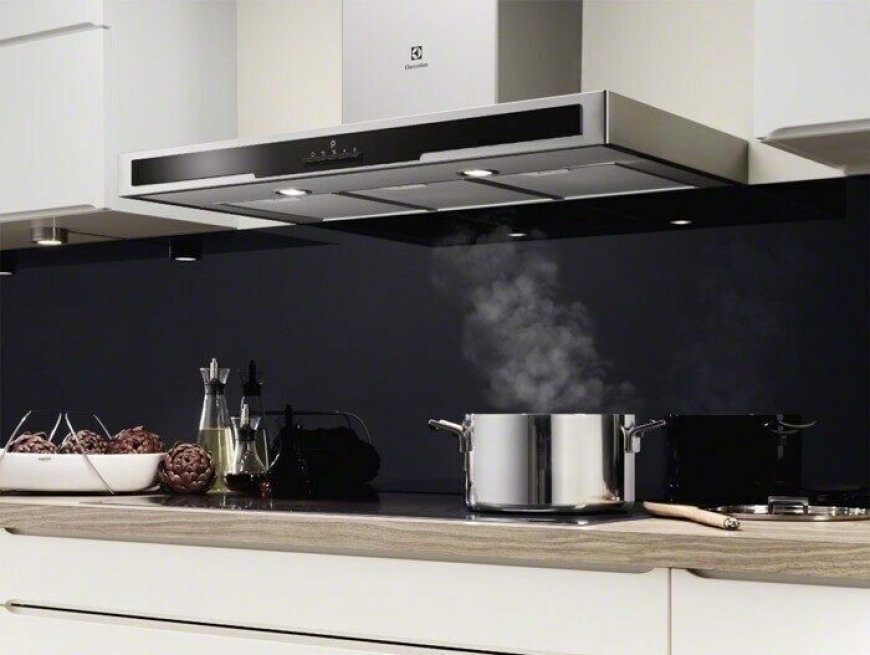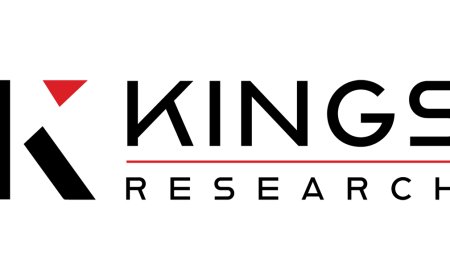Best Recirculating Range Hoods: Elevating Your Kitchen Air

In the evolving landscape of modern kitchen design, the choice of a range hood is paramount for maintaining a clean and comfortable cooking environment. For many homeowners, particularly those in apartments, condos, or houses where external venting is impractical, costly, or simply impossible due architectural constraints, recirculating range hoods (also known as ductless or ventless hoods) offer an indispensable solution.1 These innovative appliances effectively filter cooking fumes, grease, and odors, returning purified air to the kitchen, thus eliminating the need for complex ductwork.2
This guide will delve into what makes a recirculating range hood truly exceptional, helping you navigate the market to find the best recirculating range hood for your culinary haven.
How Recirculating Range Hoods Work: The Power of Filtration
The efficacy of any recirculating range hood hinges on its sophisticated multi-stage filtration system. Unlike ducted hoods that expel contaminated air outside, recirculating models capture, clean, and then return the air to your kitchen.3 The process typically involves:
-
Grease Filters: These are the primary defense against airborne grease particles and larger cooking debris.4 Commonly crafted from multi-layered aluminum mesh or durable stainless steel baffle, these filters efficiently trap grease, preventing it from accumulating inside the hood and on subsequent filtration stages.5 Most grease filters are washable and often dishwasher-safe, making routine maintenance straightforward.6
-
Activated Charcoal Filters (Carbon Filters): This is the critical component for odor removal.7 These specialized filters are packed with highly porous activated carbon, a material renowned for its exceptional ability to adsorb (attract and hold onto) odorous molecules and fine smoke particles. As these carbon filters become saturated with contaminants, their effectiveness diminishes, making periodic replacement crucial.8 Manufacturers typically recommend replacing them every 3 to 6 months, depending on your cooking frequency and intensity.
Once the air has passed through both the grease and carbon filters, it is purified and released back into the kitchen, significantly improving indoor air quality.
Why Choose a Recirculating Range Hood?
The benefits of selecting a recirculating range hood extend beyond simply bypassing ducting challenges:
-
Unmatched Installation Flexibility: This is arguably the most compelling advantage. The absence of external ductwork means recirculating range hoods can be installed almost anywhere above your cooktop.9 This versatility opens up a myriad of kitchen design possibilities, allowing for under-cabinet, wall-mounted, island, and even portable desktop configurations, making them ideal for spaces where traditional venting is impossible or undesirable.10
-
Lower Installation Costs: Eliminating the need for extensive labor, materials, and potential structural modifications associated with ductwork can substantially reduce the overall installation cost. Many recirculating models are also designed for easier DIY installation, further cutting expenses.
-
Energy Conservation: Since conditioned air (whether heated in winter or cooled in summer) is recirculated back into your home, rather than being expelled outdoors, recirculating range hoods contribute to minor energy savings. Your HVAC system doesn't have to work as hard to compensate for lost air, especially in climates with extreme temperatures.
-
Improved Indoor Air Quality (Compared to No Hood): While not identical to ducted systems in terms of complete pollutant evacuation, a recirculating hood offers a drastic improvement over having no ventilation at all. It actively filters out a significant portion of airborne grease, smoke, and cooking odors, creating a much more pleasant and healthier cooking environment.
-
Quieter Operation (in many models): Advances in fan and motor technology, coupled with the absence of long, turbulent duct runs, have led to remarkably quiet recirculating range hoods.11 Measured in sones, lower ratings indicate a more peaceful cooking experience, which is particularly valued in open-concept living spaces.
What to Look For in the Best Recirculating Range Hoods
When seeking the best recirculating range hood, consider the following crucial factors:
-
Effective Filtration System: This is paramount. Look for models with multi-layered, high-quality grease filters that are easy to clean, and robust activated carbon filters designed for efficient odor removal. Some advanced models may even feature filter saturation indicators.
-
CFM (Cubic Feet per Minute) Rating: While recirculating hoods generally have lower CFM ratings than their ducted counterparts, a higher CFM within the recirculating category indicates stronger airflow and better pollutant capture. Aim for a CFM that aligns with your cooking habits.
-
Noise Level (Sones): A lower sone rating signifies quieter operation.12 This is a critical comfort factor, especially if your kitchen is part of an open living area.
-
Ease of Maintenance: Assess how easy it is to remove, clean (grease filters), and replace (carbon filters). Readily available and affordably priced replacement filters are a significant plus.
-
Design and Aesthetics: Recirculating range hoods come in a wide array of styles, from sleek under-cabinet and wall-mounted to striking island designs.13 Choose one that complements your kitchen's decor.
-
Additional Features: Look for desirable features such as energy-efficient LED lighting (with adjustable brightness), multiple fan speeds, intuitive touch or push-button controls, delay shut-off timers, and even smart home compatibility for enhanced convenience.
-
Brand Reputation and Reviews: Research reputable brands known for their quality recirculating range hoods. Reading user reviews can provide invaluable real-world insights into a model's performance, durability, and user satisfaction. Brands like Ciarra, Broan-NuTone, Hauslane, and Cosmo frequently appear in top recommendations.
Limitations to Keep in Mind
Despite their many advantages, recirculating range hoods do have certain limitations:
-
Less Powerful for Intense Cooking: For extremely heavy, greasy, or high-heat cooking (e.g., wok stir-frying, deep-frying daily), a ducted system generally offers superior overall pollutant removal. Recirculating hoods filter, but they do not remove all heat or humidity from the kitchen.14
-
Ongoing Filter Replacement: The necessity of regularly replacing carbon filters is an ongoing expense and maintenance task. Neglecting this will severely compromise the hood's ability to eliminate odors.
-
Humidity Management: Since air is recirculated, these hoods do not remove humidity from the kitchen.15 This can be a consideration in very humid climates or for extensive steaming.
In conclusion, the best recirculating range hoods offer an exceptional and highly adaptable solution for kitchen ventilation in a wide range of homes. By understanding their filtration mechanisms, recognizing their strengths, and considering key performance indicators, you can confidently select a model that will effectively keep your kitchen air clean, fresh, and enjoyable for all your culinary endeavors.
































